Types Of Publishing Income
Music publishing isn’t just about protecting songs; it’s about generating income from them.
There are a plethora of ways to make money from your publishing catalog, but the main revenue streams are below.

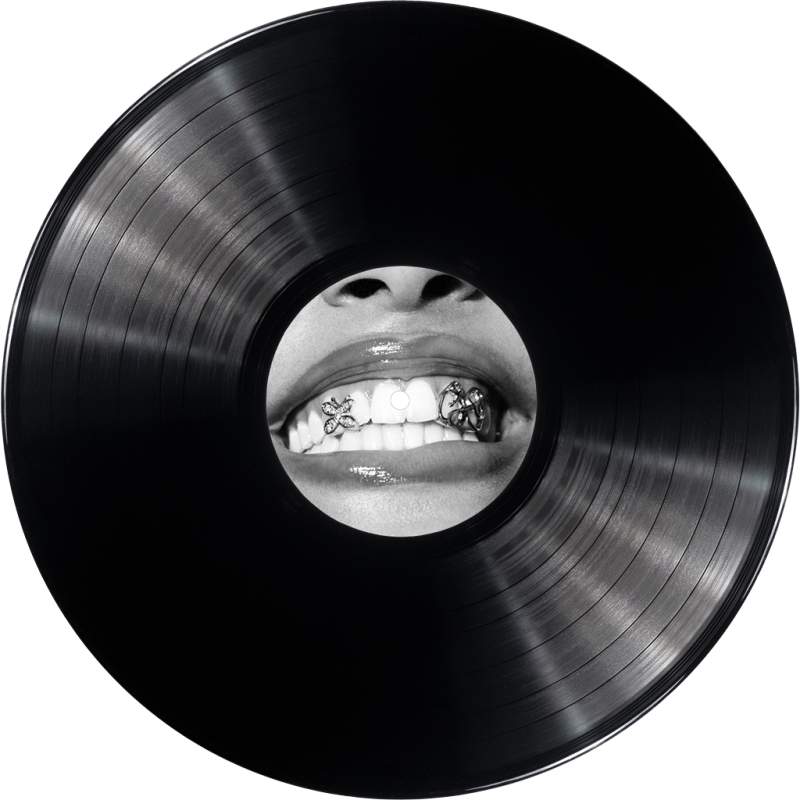
Mechanical
When a song is sold in a physical form (e.g., CD, Vinyl) or in digital stores (e.g. iTunes, Amazon)
The statutory mechanical royalty rate in 2025 is $0.127 per song sold (or $0.0245 per minute for songs over 5 minutes long)
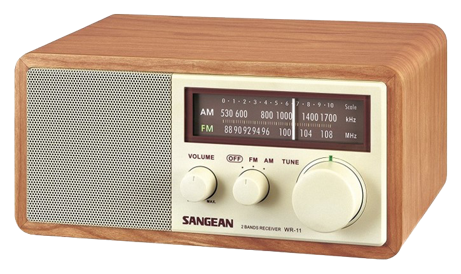
Public Performance
When a song is broadcast in a public medium for public consumption (e.g., radio, TV commercial, concert, restaurant, etc.).
These royalties are licensed & paid to Performance Rights Societies (PROs), who then pay the writers and the publishers. The PROs in the US are ASCAP, BMI, SESAC, and GMR.
(NOTE: You can only be affiliated with one of them at a time.)
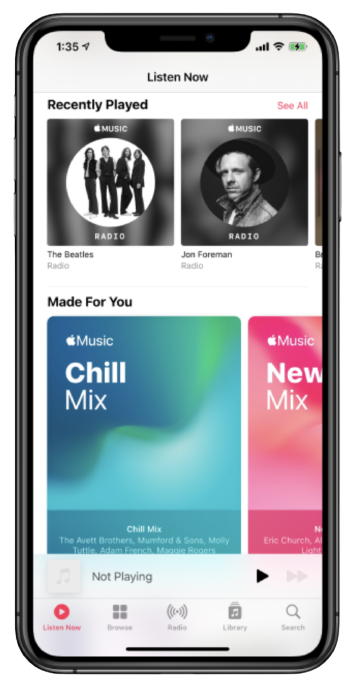
Streaming
When songs are released to digital streaming services (e.g., Spotify, Apple Music, Tidal)
This is a hybrid of mechanical and public performance and is paid based on a percentage of the streaming service’s revenue, prorated by all the streams on the platform.
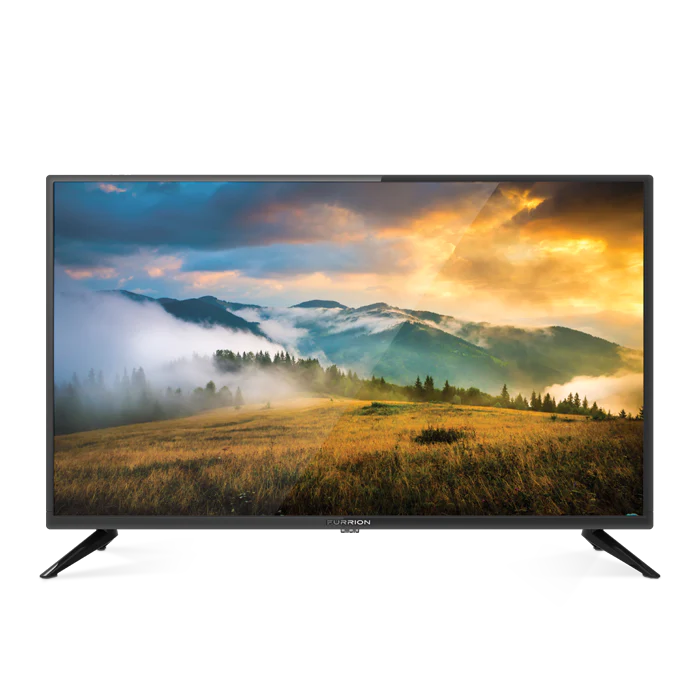
Synchronization
When a song is paired with a visual medium (e.g., TV show, music video, movie, etc.)
This requires licenses from the owners of the sound recording and the composition, and is usually paid as a one-time “sync fee” (or “front end”). There is also the possibility of “back end” royalties based on sales and/or public performance uses. These payments are negotiable, depending on the copyright owner’s bargaining power.
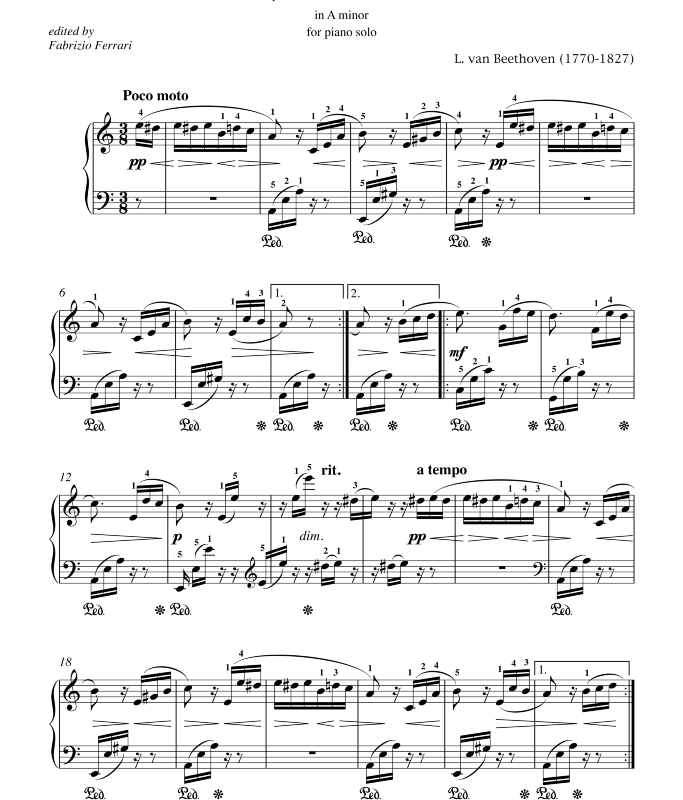
When a song is in print form (e.g., sheet music, lyric reprints)
The rate is typically negotiated (in many cases at gratis) and also includes lyric videos.

Each type of income flows through different channels, but together they ensure a song earns money whenever it’s performed, reproduced, licensed, or published in print.
In short: Understanding publishing income helps songwriters capture the full value of their work.